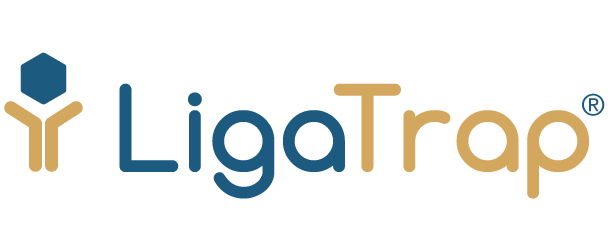Translating antibody-binding peptides into peptoid ligands with improved affinity and stability
Tee Bordelon, Benjamin Bobay, Andrew Murphy, Hannah Reese, Calvin Shanahan, Fuad Odeh, Amanda Broussard, Chad Kormos, Stefano Menegatti
Highlights
- First known peptoid ligands with universal binding ability for human antibodies.
- Binding affinity and specificity confirmed with in silico studies.
- Binding capacity up to 57 mg of antibody per mL of resin.
- Product purity up to 98%.
High chemical and biochemical stability of the peptoid adsorbents.
Abstract: A great number of protein-binding peptides are known and utilized as drugs, diagnostic reagents, and affinity ligands. Recently, however, peptide mimetics have been proposed as valuable alternative to peptides by virtue of their excellent biorecognition activity and higher biochemical stability. This poses the need to develop a strategy for translating known protein-binding peptides into peptoid analogues with comparable or better affinity. This work proposes a route for translation utilizing the IgG-binding peptide HWRGWV as reference sequence. An ensemble of peptoid analogues of HWRGWV were produced by adjusting the number and sequence arrangement of residues containing functional groups that resemble both natural and non-natural amino acids. The variants were initially screened via IgG binding tests in non-competitive mode to select candidate ligands. A set of selected peptoids were studied in silico by docking onto putative binding sites identified on the crystal structures of human IgG1, IgG2, IgG3, and IgG4subclasses, returning values of predicted binding energy that aligned well with the binding data. Selected peptoids PL-16 and PL-22 were further characterized by binding isotherm analysis to determine maximum capacity (Qmax ˜ 48–57 mg of IgG per mL of adsorbent) and binding strength on solid phase (KD ˜ 5.4–7.8 10−7 M). Adsorbents PL-16-Workbeads and PL-22-Workbeads were used for purifying human IgG from a cell culture supernatant added with bovine serum, affording high values of IgG recovery (up to 85%) and purity (up to 98%) under optimized binding and elution conditions. Both peptoid ligands also proved to be stable against proteolytic enzymes and strong alkaline agents. Collectively, these studies form a method guiding the design of peptoid variants of cognate peptide ligands, and help addressing the challenges that, despite the structural similarity, the peptide-to-peptoid translation presents.

